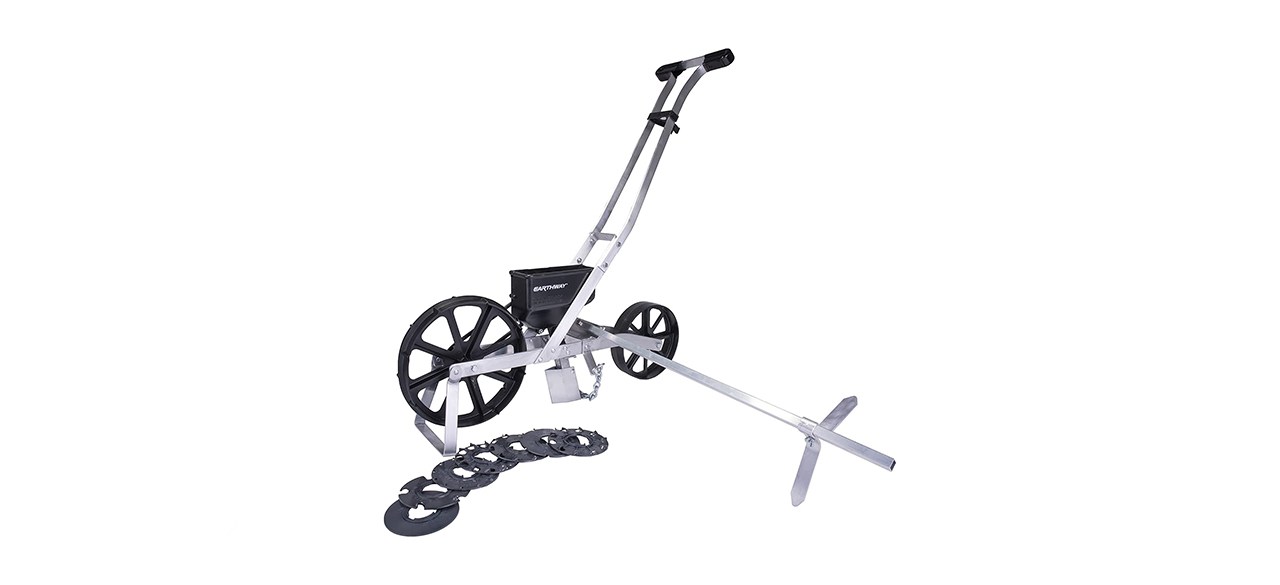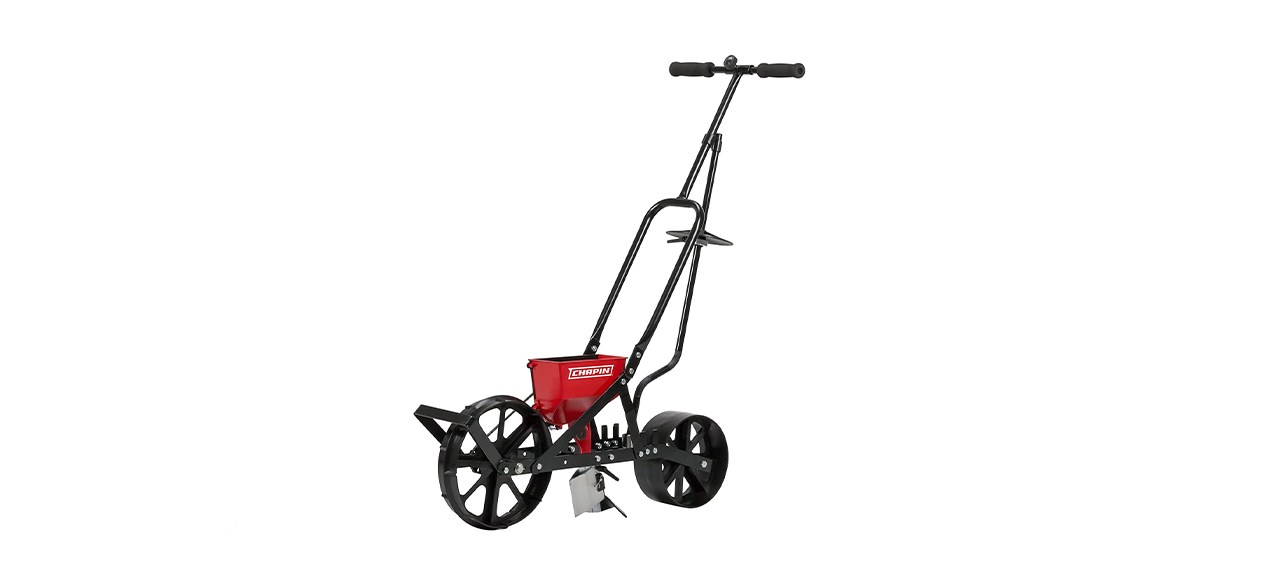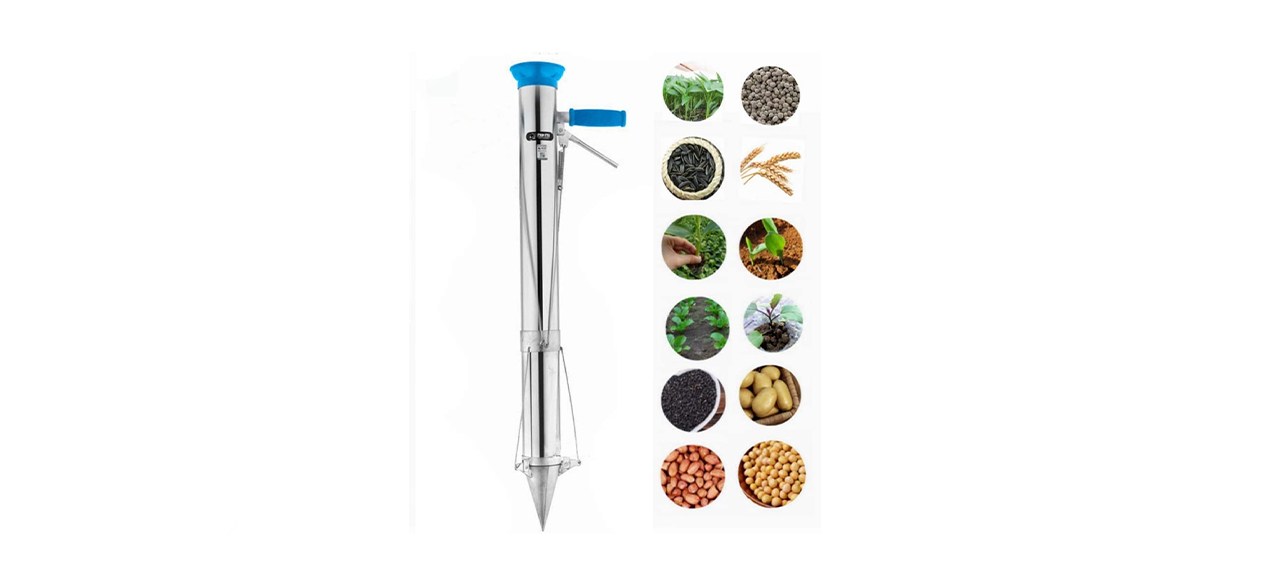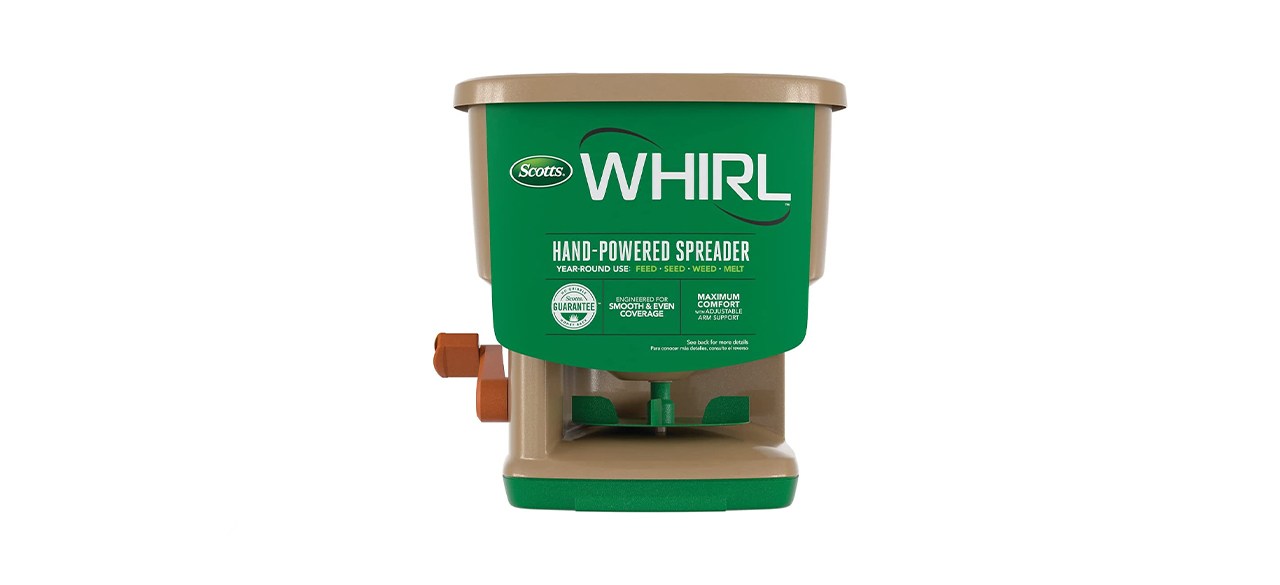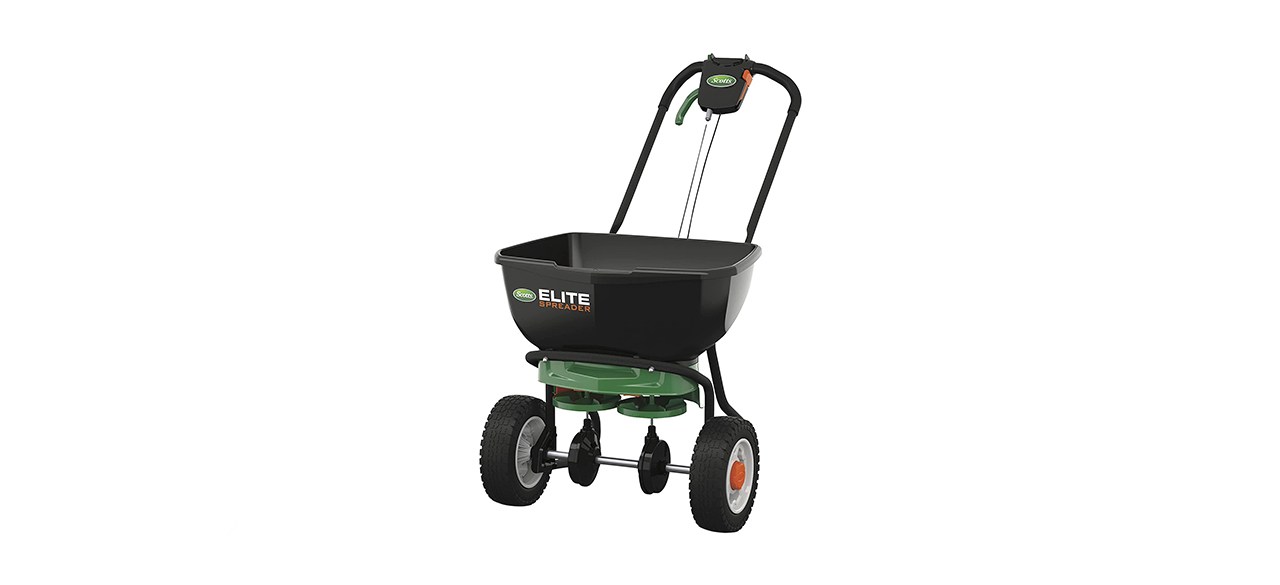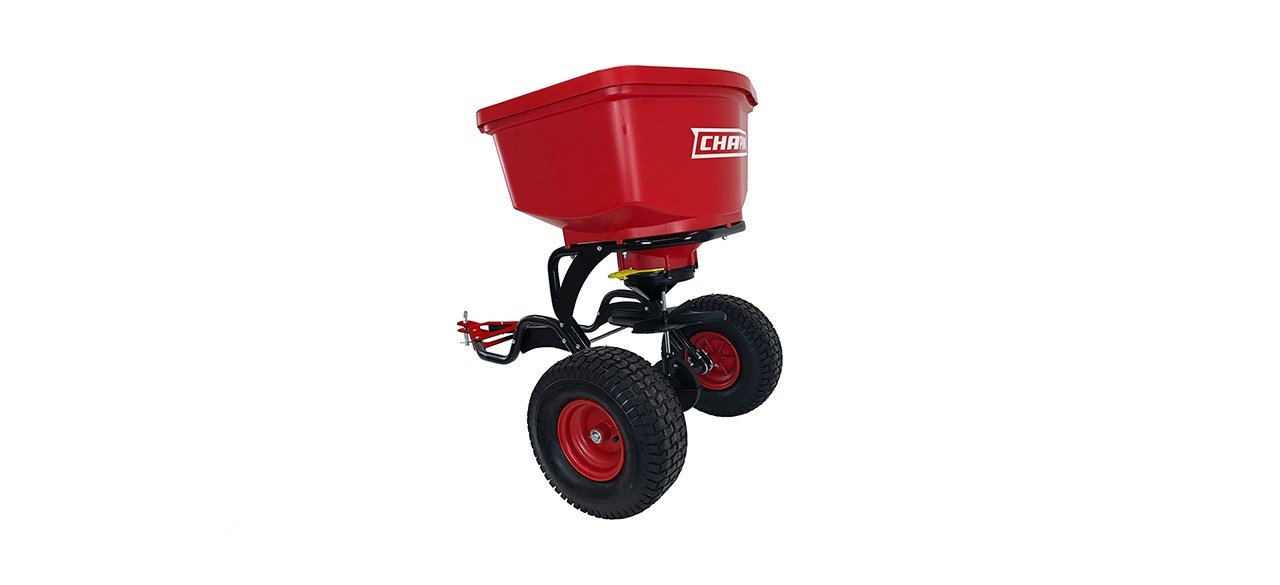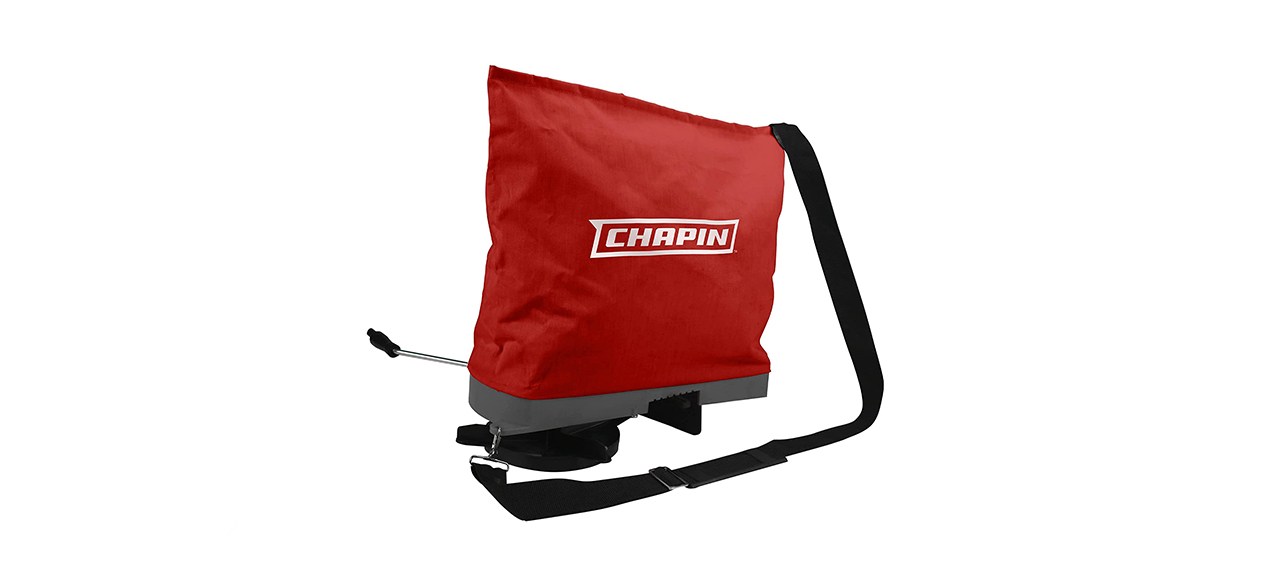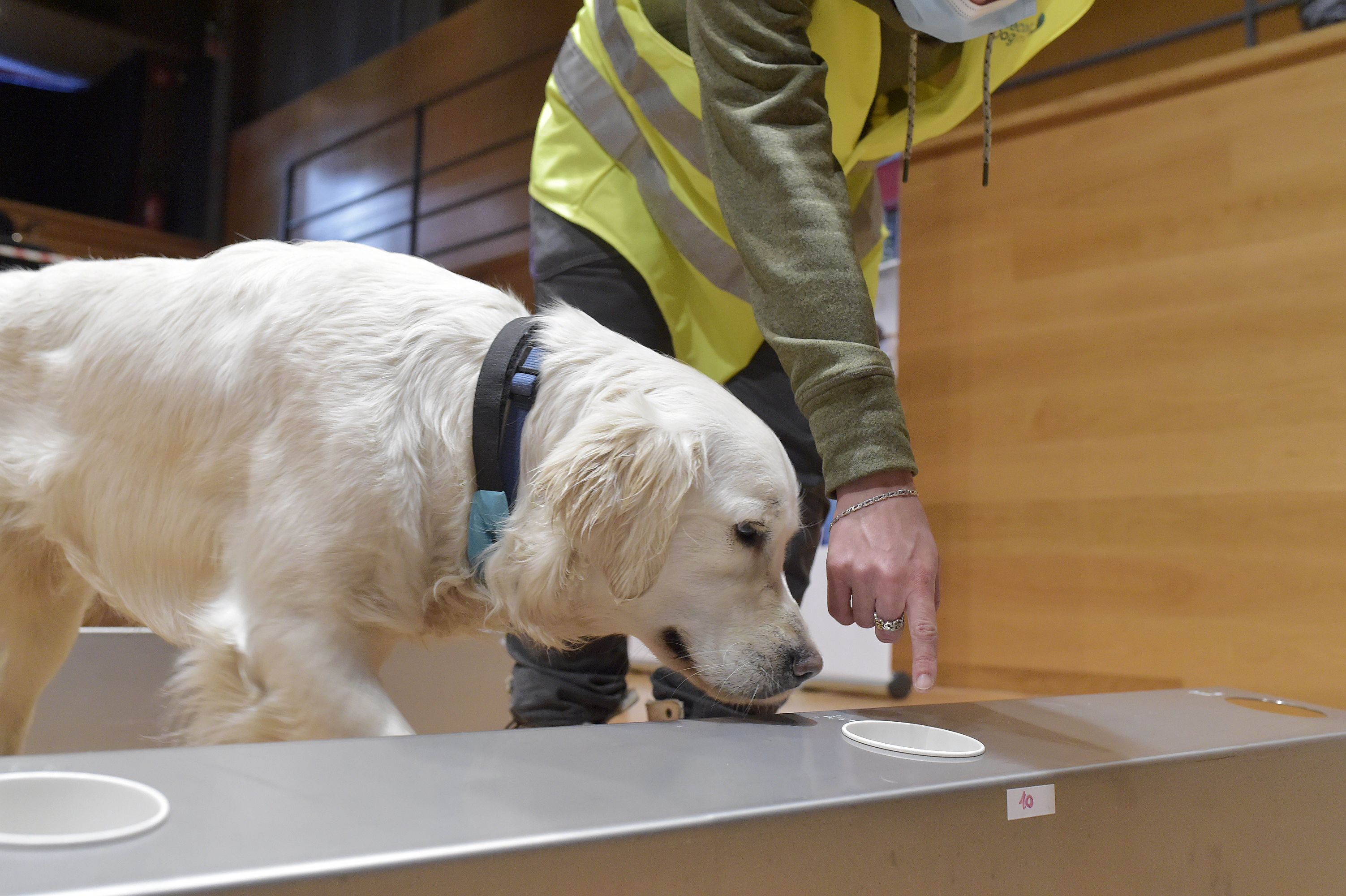Choosing the best seeder
IN THIS ARTICLE:
- EarthWay 1001-B Precision Garden Seeder Row Planter
- Ymachray Long Handled Bulb Planter Tools And Vegetable Seedling Tool
- Chapin 8701B Garden Push Seeder
A seeder is a convenient machine for new and avid gardeners who want to sow different seeds with less effort than if they had to do it manually. These mechanical devices come in different sizes and designs, but they all work on the same basic principle. They’re easy to use and don’t require the gardener to stoop down to plant seeds, making sowing seeds easier and more efficient.
Types
Here are the main types of seeders:
- Push seeders: This type has wheels and can be pushed to plant seeds in a row. As you push the machine, it drops seeds into the soil, distributing them evenly. This model can control the depth in which the seeds get sown.
- Jab seeders: This type is usually tall and requires you to push it down into the ground with your heel to create a hole, drop the seed and cover it with dirt. Some have adjustable depths, meaning you can determine how deep you want the seed to go. A few models use springs that automatically raise the tool back into position for the next seed.
There are also seed spreaders, which work a little differently from seeders. Instead of inserting seeds into the ground, these tools work by dispersing multiple seeds on top of the dirt over a larger area. Some models are handheld while others can be equipped to the back of a lawn mower or tractor and pulled behind to spread seeds.
Advantages of using a seeder
While you can sow seeds by hand, a seeder makes the entire process much easier and more efficient. Here are the main advantages of using one:
- Less physical strain when planting: You could sow an entire garden bed with less physical effort than if you were to plant by hand. All you need to do is push or jab the tool into the dirt to create holes and plant the seeds. You no longer need to bend over or crouch down to do your planting.
- Less time wasted: With a seed spreader, you can distribute multiple seeds at once to save time. This is especially beneficial when planting grass, clover or other plants that require many seeds to fill in an area.
- Adjustable: These tools usually have seed plates that can hold seeds of different sizes. These plates can also control the number of seeds planted in each area, based on your preferences. The tool can also be adjusted to allow for more spacing between holes and the depth of the hole.
- Even distribution of seeds: Most of these tools work with tiny seeds, which can be tricky to plant evenly in the dirt. This makes it easier to control the spacing and helps ensure you don’t plant too many or too few seeds in any one area.
- Some work with fertilizers: Certain models can be used with an attachment that lets you spread fertilizer and nutrients over the newly planted seeds. This is convenient, especially if you don’t have a separate fertilizer spreader or another similar tool.
Garden or yard size
Some seeders are designed for large or commercial projects, such as those with 10 or more acres of space. Others are ideal for smaller yards or gardens. If you have a smaller yard, a simple jab or push seeder can handle the task. For larger areas, go with an automatic or larger tool instead.
Soil type and condition
Seeders usually work best on even terrain with soft, fine soil. However, some are built to handle rougher conditions, such as:
Consider the type of soil you have when choosing a machine since this can make a huge difference in how effective it is. Keep in mind that some seeders can get clogged up when trying to go over organic matter such as plant residue or thatch. If this occurs, clean it out before using it again.
Seed size
Not all seeders are designed to handle all sizes of seeds. Some work better with tiny seeds, such as clover, grass or leafy greens. Others can accommodate larger seeds, such as beans or corn. Those that use a seed roller are usually most effective with medium-sized seeds.
Hopper
Most seeders have one to three hoppers, which is the part of the machine that holds the seeds. When choosing one, consider the size of the hopper.
- Larger hoppers are useful for sowing many seeds of the same variety at once.
- Smaller hoppers are best if you only have a couple of rows to plant before switching to a new type of seed.
In some models, the hopper needs to be kept at least half-full to operate properly. If you let the seed count dwindle, it can start to slow down or sow less evenly.
Seed plates
Seeders have seed plates or discs that hold different-sized seeds. Some have more than one of these, meaning you can swap them out to sow whatever size seed you need to without having to get a new machine.
Best seeders
EarthWay 1001-B Precision Garden Seeder Row Planter
This row planter is ideal for anyone who wants a simple way to seed their garden. It’s especially useful for small gardens. It comes with seven seed plates that can fit nearly any seed type and size, including sweet corn, leaks and okra. It’s also durable.
Sold by Amazon
Chapin 8701B Garden Push Seeder
With six seed plates, this tool can handle up to 20 varieties of seeds. It has a durable powder-coated steel frame that’s resistant to rough terrain and the elements. The tool offers uniform planting and has a kickstand to keep it upright when not in use.
Sold by Amazon
Ymachray Long Handled Bulb Planter Tools and Vegetable Seedling Tool
This semiautomatic seeder is great for gardeners who want to easily transport and plant seeds in a smaller space. It consists primarily of stainless steel, which is durable and resistant to corrosion. It also works with bulbs and seedlings, such as tomatoes, potatoes and cucumbers. Although it can handle seeds, it excels at transplanting plants.
Sold by Amazon
Scotts Whirl Hand-Powered Spreader
This straightforward handheld seed spreader can handle up to 1,500 square feet of yard space. It’s easy to operate and can seed, fertilize and weed all at once.
Sold by Amazon
This push spreader comes in four styles, including mini and elite, and uses rotors that cut down on time as you do your planting. It can spread seeds in an area up to 20,000 square feet. It also requires very little assembly to use.
Sold by Amazon
Chapin 8620B 150-Pound Tow-Behind Spreader With Auto-Stop
This heavy-duty tow-behind spreader can hold up to 150 pounds of seeds. It has 14-inch pneumatic tires that can handle even the roughest terrain. The frame is made from durable powder-coated steel. It works great with a lawn mower.
Sold by Amazon
Chapin 84700A 25-Pound Professional Bag Seeder
Waterproof and durable, this seeder bag works with granular fertilizers and seeds to make your gardening tasks easier. It has an adjustable flow, which is convenient for planting specific amounts of seeds. It also has a padded shoulder strap for maximum comfort.
Sold by Amazon
Want to shop the best products at the best prices? Check out Daily Deals from BestReviews.
Sign up here to receive the BestReviews weekly newsletter for useful advice on new products and noteworthy deals.
Angela Watson writes for BestReviews. BestReviews has helped millions of consumers simplify their purchasing decisions, saving them time and money.
BestReviews spends thousands of hours researching, analyzing and testing products to recommend the best picks for most consumers.
Copyright 2023 BestReviews, a Nexstar company. All rights reserved.

